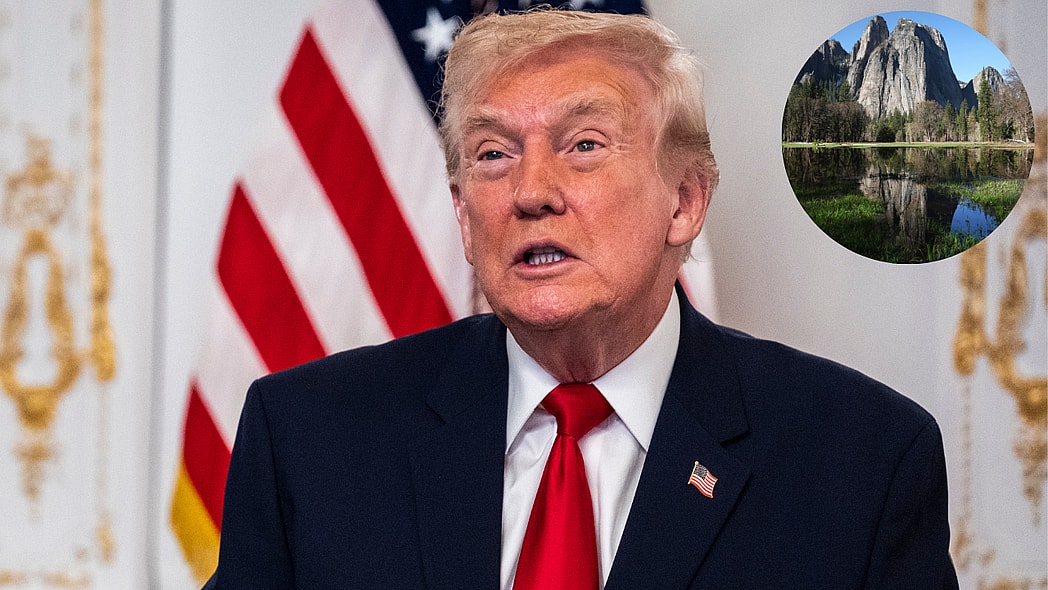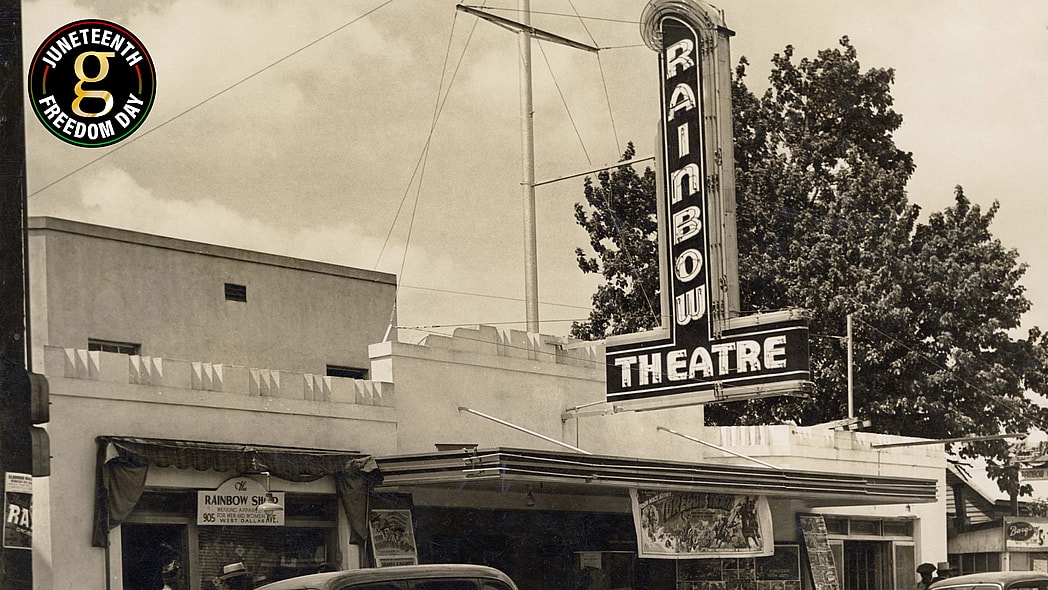There are a few things Black people love: a color-themed party (usually white), a good cookout, and symbols of freedom/resistance. From the raised “Black Power” fist to the North Star, symbolism continues to play a significant role in Black history and culture, a power that also carries over into the celebration of Juneteenth.
Each year since 1865, Black Americans have celebrated the liberation of enslaved Black people in the United States on June 19, in honor of the date those in Galveston were belatedly informed they were already free. In the years since, Juneteenth festivities have blossomed across the country, to the extent that in 2021, the Biden administration declared the day a federal holiday. While most Americans have gained an understanding of what Juneteenth represents, one element of the holiday is often overlooked — its flag.
Since when is there a Juneteenth flag?
In 1997, 80-year-old Ben Haith designed the Juneteenth flag after noticing that the growing holiday did not have a symbol. Deciding to take matters into his own hands, Haith created a flag that drew inspiration from both the American flag and his ancestor’s journey to freedom.
“This country has so many aspects to it that are spiritual, and I believe this flag is of that nature,” Haith said, explaining the idea behind the flag, per CNN. “[The idea for the design] just came through me.”
The Juneteenth flag consists of four major symbols: a star, its burst, an arc, and its colors. According to Haith, the symbolism of the large white star in the center of the flag is twofold. On one hand, it represents the Lone Star State of Texas, where the last enslaved Blacks obtained their freedom. On the other, it serves as a greater symbol of freedom for Black people across all 50 states.
Outlining the star is a bursting illustration inspired by the appearance of an astronomical nova, reflecting a new beginning for Black Americans in Galveston after emancipation. Similar to the American flag, the colors red and blue exist in the background of Haith’s design, separated by a curved arc stretching the length of the flag to reflect new horizons of hope and opportunities for Black people.
“It’s an important symbol for unification, and one people can wrap themselves around,” Steve Williams, president of the National Juneteenth Observance Foundation, told the Boston Globe. “It doesn’t deny [Black people’s] place in America; it exemplifies it.”
Why don’t you see it as often?

While some acknowledge Haith’s Juneteenth flag design, most have become used to seeing variations of the pan-African flag during Juneteenth celebrations. Amongst the most popular designs is activist Marcus Garvey’s 1920 Black Liberation flag, which, unlike the official Juneteenth flag, features a red, green, and black color palette. Serving as a unifying symbol of freedom for Black people across the diaspora, Garvey’s design has been used throughout several Black liberation movements, including the Black Panther Party and the Black Lives Matter movement.
In addition to Garvey’s popularity, the color scheme of Haith’s flag and its resemblance to the American flag may also play a role in Black people overlooking Juneteenth’s official flag. As previously reported by theGrio, “Black folks are patriotic and critical, comfortably in the middle of a Venn Diagram rather than on opposing sides,” when it comes to the United States and its widely hallowed flag. So, naturally, it makes sense to distinguish Juneteenth from the plethora of red, white and blue holidays in the United States, instead leaning into pan-African colors when creating merch and other paraphernalia.
“The biggest public proponents of the flag have been people who make it a point to tell people like myself who are Black that this is not our country,” Ernest Owens previously told theGrio, sharing how difficult it is to share the pride some feel for the flag.
Recommended Stories
Does it look familiar?
In addition to its similar color palette, the official Juneteenth flag slightly resembles the Haitian flag. In 1804, Haiti became the first free Black republic, gaining its independence from French colonizers. Abolishing slavery, this milestone inspired Black liberation movements around the world.

“Haiti became a beacon for people in the Americas, specifically those of African descent, as a nation that fought against slavery and for equality. The Haitian Revolution inspired uprisings and established Black-governed cities and towns in Brazil, Cuba, Jamaica, Mexico and the U.S., among others,” Taylor Healey-Brooks, the Librarian-in-Residence in the Latin American, Caribbean and European Division explained, per the Library of Congress. “People often think about Haitians immigrating to the U.S., but there was a time when Black Americans immigrated to Haiti. For many African Americans, in the early 19th century, Haiti represented Black freedom and an opportunity to thrive in a nation that embraced equality.”
Whether you’re a fan of the Juneteenth flag’s color palette or not, its intentional design and connection to international liberation movements remind us of how interconnected the Black diaspora is in the fight for freedom and equality.
In the words of Maya Angelou: “The truth is no one of us can be free until everybody is free.”

Haniyah Philogene is a multimedia storyteller and Lifestyle writer for theGrio covering all things culture. With a passion for digital media, she goes above and beyond to find new ways to tell and share stories.










